Annually, the IPA invites creatives and photograph experts to view and select the most innovative photographs in the prestigious competition. The jury panel includes gallerists, photo editors, art collectors, and other photography luminaries from Times Magazine, National Geographic, Taschen publications, Tate, The Royal Photographic Society, International Photography Association, Harvard University, among others (full list can be viewed here. This year more than 27,000 submissions were made from 104 countries.
IPA in collaboration with the Lucie Foundation will announce on November 2, 2014 the grant winners selected from all categories as: photographer of the year, discovery of the year, deeper perspective photographer of the year, and moving image photographer of the year. David Clarke, Head of Photography for Tate, is the curator for this year’s IPA Best of Show Exhibition, selecting a 45-image exhibition from the works of the competition’s category winners in 1st, 2nd, and 3rd place. The Show gallery will premier in New York and will lanch a week of celebrations and photography filled events preceding the Lucie Awards Gala at the Carnegie Hall.We present the winners of the 7 architecture subcategories in the pro and non-pro groups.
Subjects include – among others: a renovation process with bamboo scaffoldings unique to Hong Kong (‘Cocoons’), bridges in India during the religious event ‘Maha Kunbh Mela’ (‘Bridges’), an urban gardening field in the former Tempelhof Airport in Berlin being used by small communities as new alternatives to the globalized food industry (‘Urban Gardening Patchwork’), Solar Salt Operation Shark Bay Salt in Australia (‘Useless Loop’), Cinecitta, a Hollywood-like full-scale recreation of ancient Rome (‘That’s a fake’), Doha’s booming construction industry in an effort to transition from its dependence on natural resources to a knowledge and producer services economy (‘Doha Icons’), a german shipping center illustrating the massive footprint of globalization (‘Harbour aerial views’), disappearing traditional scottish croft houses (‘A quiet passing’), contemplations on light and form (’36:9’, ‘Eyes of an architect’, ‘Visual acoustics – silence and light, series 2’, ‘Spaces’, ‘Street view’, ‘Synthesis’), visual explorations of urban spaces (‘The City’, ‘Italy, metaphysics of the urban Landscape’, ‘Matera’, ‘Dark Composition’, ‘The wind blows’, ‘Straight up’, ‘Venice, the city from Guidecca’, ‘Rome Chiaroscuro’, “Memories of Philadelphia’).
David Harvey in ‘The condition of postmodernity’ quotes a segment from Jonathan Raban’s ‘Soft city’:
“For better or worse, the city invites you to remake it, to consolidate it into a shape you can live in. You, too. Decide who you are, and the city will again assume a fixed form around you. Decide what it is, and your own identity will be revealed, like a map fixed by triangulation. Cities are plastic by nature. We mould them in our images. They, in their turn, shape us by the resistance they offer when we try to impose our own personal form on them. In this sense, it seems to me that living in a city is an art, and we need the vocabulary of art, of style, to describe the peculiar relation between men and material that exists in the continual creative play of urban living. The city as we imagine it, the soft city of illusion, myth, aspiration, nightmare, is as real, maybe more real, than the hard city one can locate in maps and statistics, in monographs on urban sociology and demography and architecture.”
Competitions like the IPA with their focus on themes around the built environment provide the platform for such a vocabulary of art and through that explore a variety of personal and transpersonal relationships between people and the material. The richness in subject matter, style and methodology hints to an integral approach of fine art photography that embraces the diversity of creative visions and colors the spectrum of Jonathan Green’s opposite extremes of iconographic practice: “photography is torn between being true to the world which is the basis of documentation – and being true to the medium – which is the basis of art.” (‘American Photography: a critical history 1945 to the present’).
As Ken Wilber points out in `The Eye of Spirit`: “An integral theory of art and literary interpretation is thus the multidimensional analysis of the various contexts in which – and by which – art exists and speaks to us: in the artist, the artwork, the viewer, and the world at large. Privileging no single context, it invites us to be unendingly open to ever-new horizons, which broaden our own horizons in the process, liberating us from the narrow straits of our favorite idealogy and the prison of our isolated selves.”
Main picture © Pygmalion Karatzas
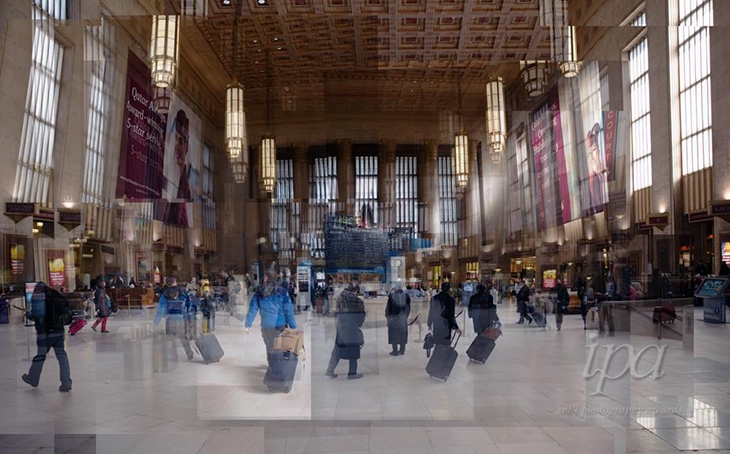 NON-PRO: OTHERS. 3RD: MINJAE CHO, ?MEMORIES OF PHILADELPHIA?
NON-PRO: OTHERS. 3RD: MINJAE CHO, ?MEMORIES OF PHILADELPHIA?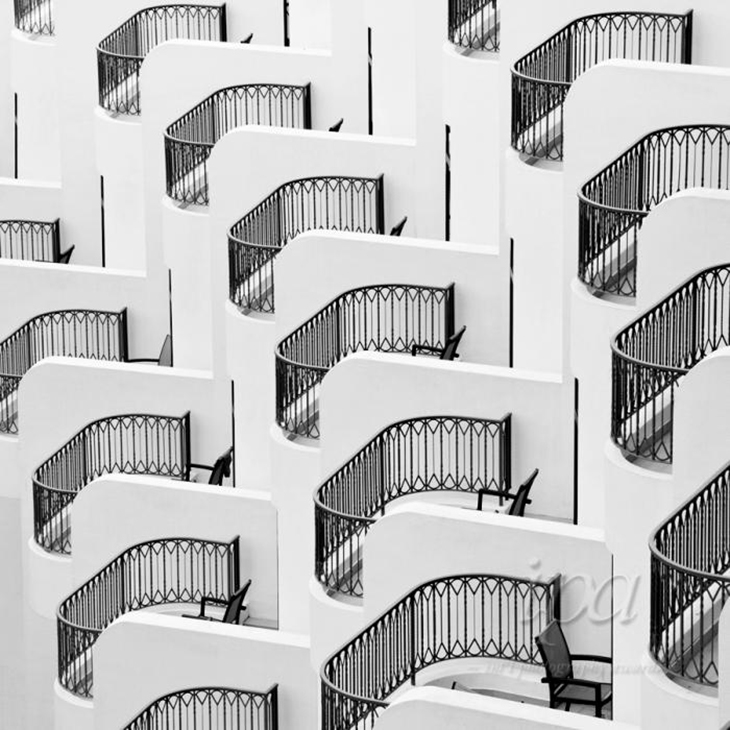 NON-PRO: OTHERS. 2ND: JAMAL ALIAS, ?OUTLIER?
NON-PRO: OTHERS. 2ND: JAMAL ALIAS, ?OUTLIER?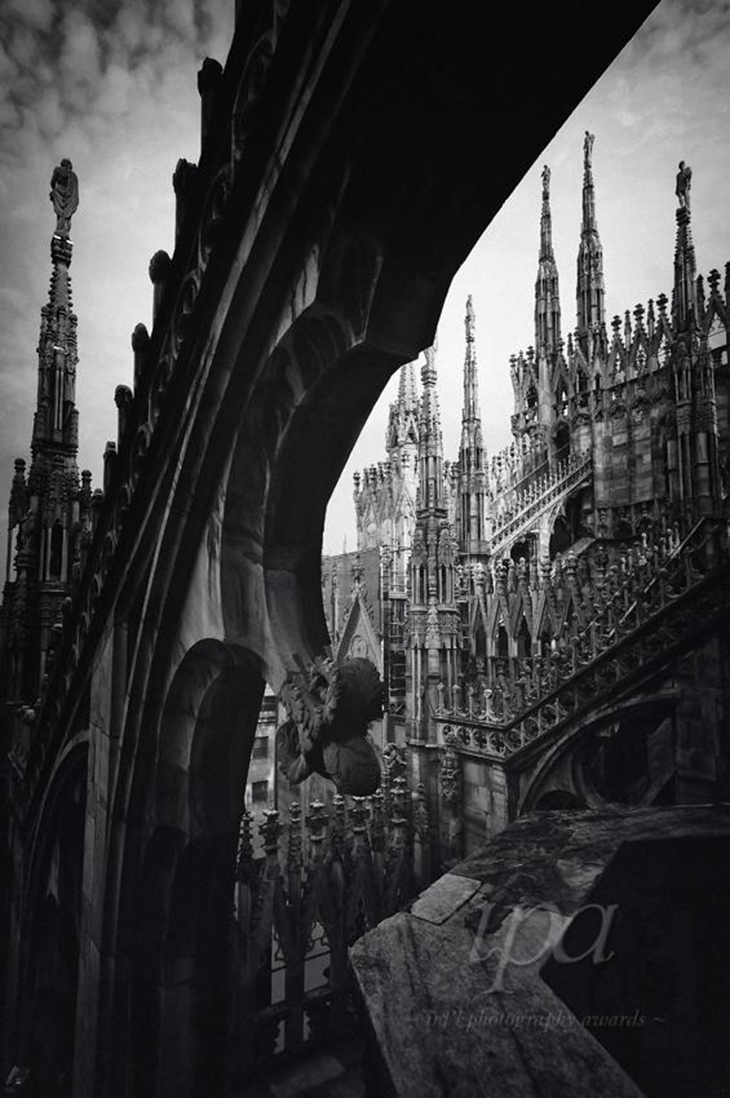 NON-PRO: OTHERS. 1ST: MARCO VIRGONE, ?BETWEEN GOTIC CAPITALS?
NON-PRO: OTHERS. 1ST: MARCO VIRGONE, ?BETWEEN GOTIC CAPITALS?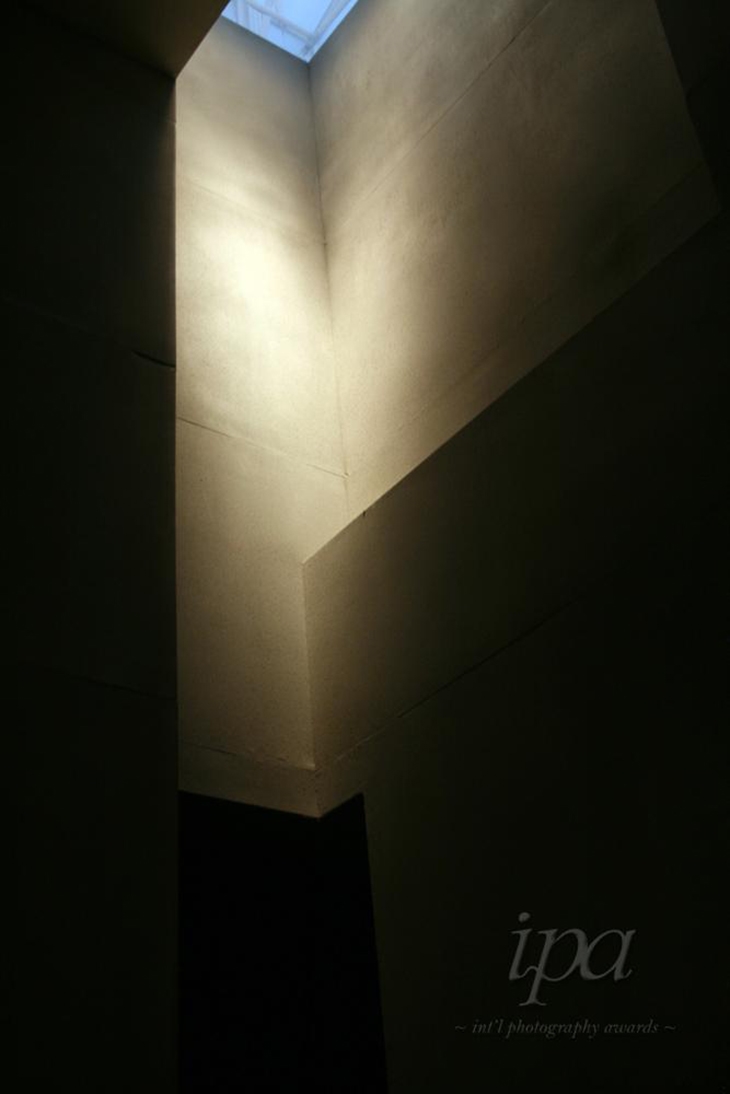 NON-PRO.INTERIOR: 3RD: KATHERINE PEEKE, ?SPACES?
NON-PRO.INTERIOR: 3RD: KATHERINE PEEKE, ?SPACES?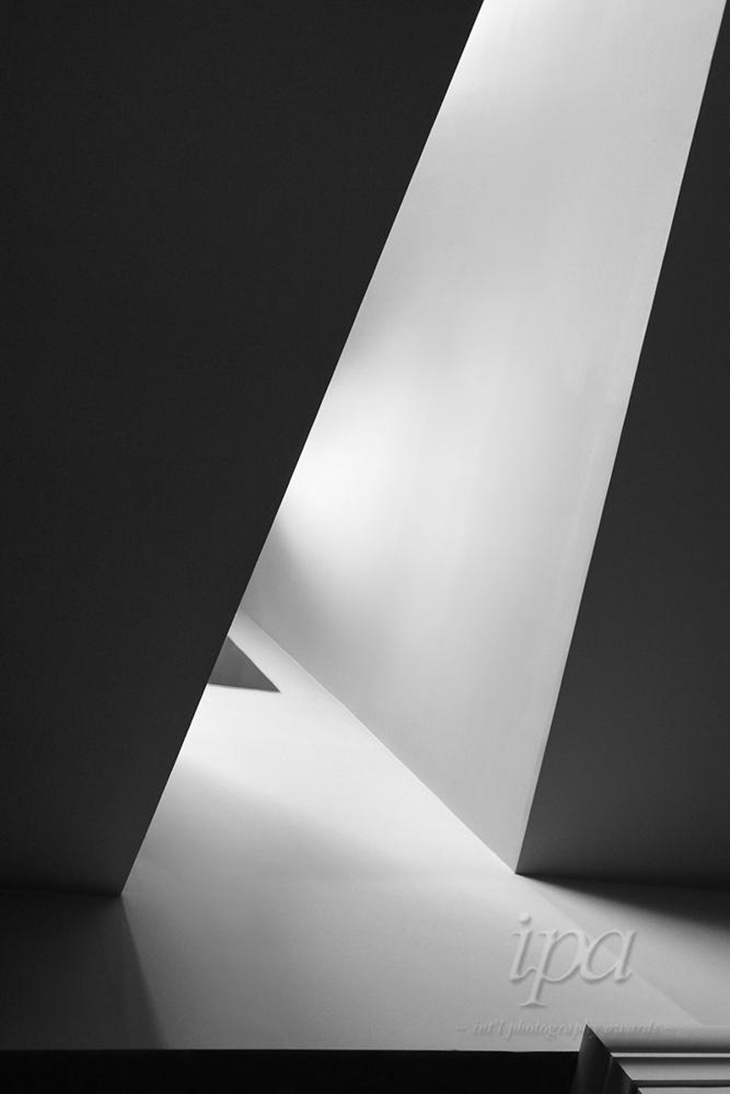 NON-PRO. INTERIOR: 2ND: STEFAN BAURLE, ?INNER STUDIES?
NON-PRO. INTERIOR: 2ND: STEFAN BAURLE, ?INNER STUDIES?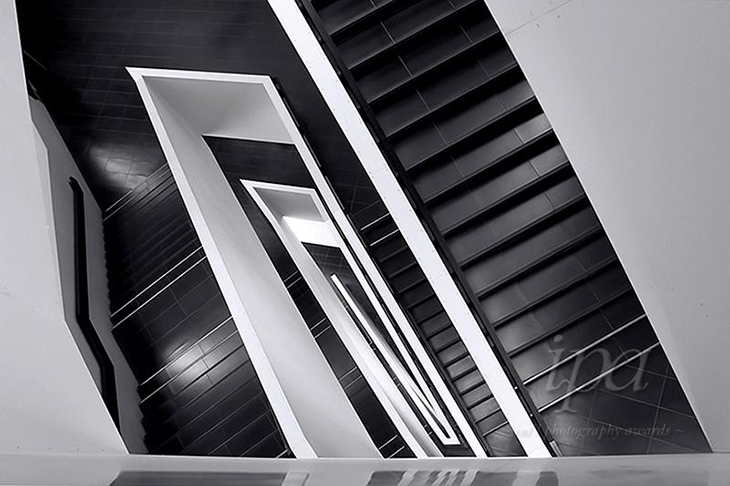 NON-PRO. INTERIOR: 1ST: JOHN KOSMOPOULOS, ?FUTURE HISTORY?
NON-PRO. INTERIOR: 1ST: JOHN KOSMOPOULOS, ?FUTURE HISTORY?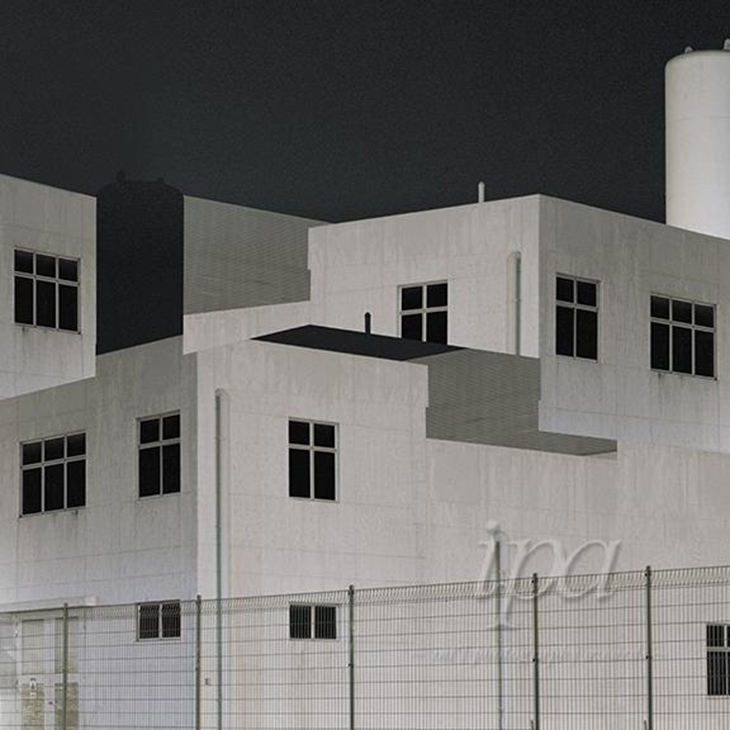 NON-PRO. INDUSTRIAL: 3RD: PHYLLICIA WANG, ?FUSE?
NON-PRO. INDUSTRIAL: 3RD: PHYLLICIA WANG, ?FUSE?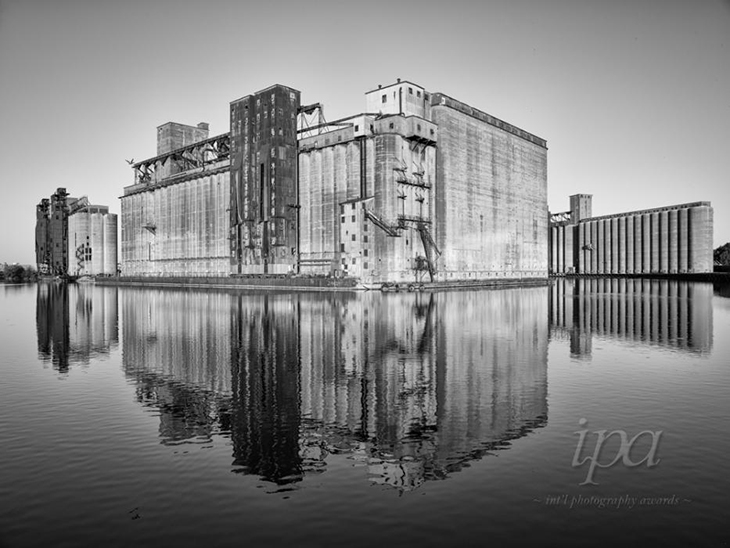 NON-PRO. INDUSTRIAL: 2ND: JOHN EATON, ?SILO CITY?
NON-PRO. INDUSTRIAL: 2ND: JOHN EATON, ?SILO CITY?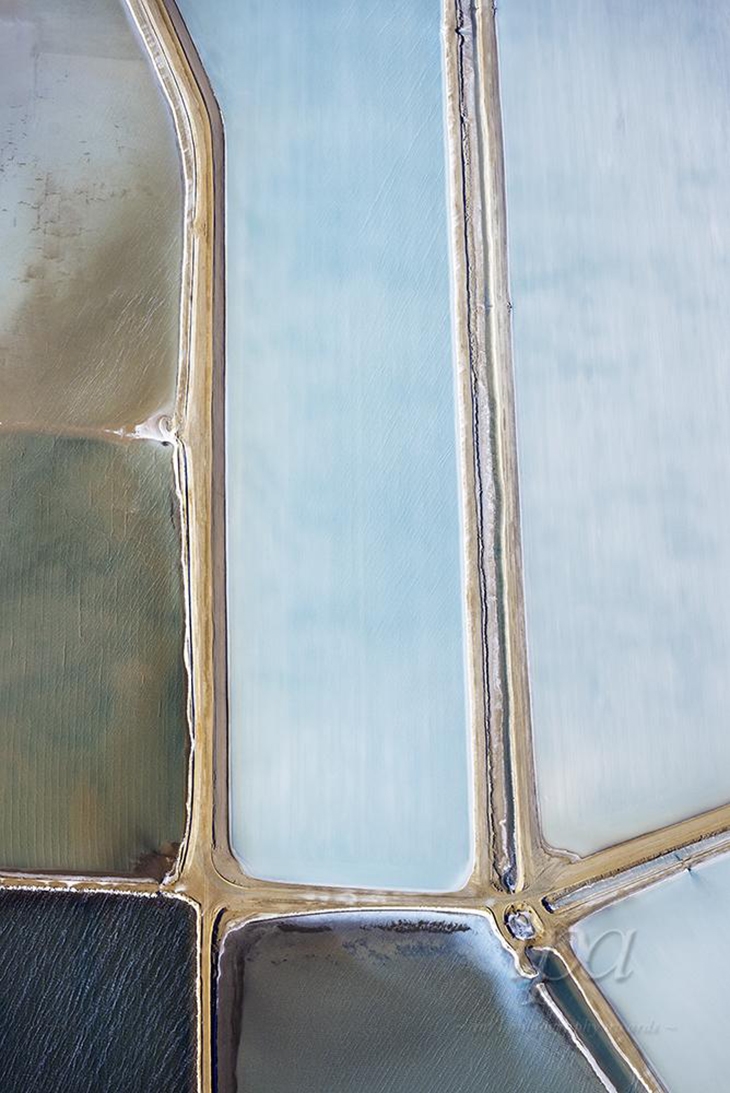 NON-PRO. INDUSTRIAL: 1ST: ROBIN RIDDLE, ?USELESS LOOP?
NON-PRO. INDUSTRIAL: 1ST: ROBIN RIDDLE, ?USELESS LOOP?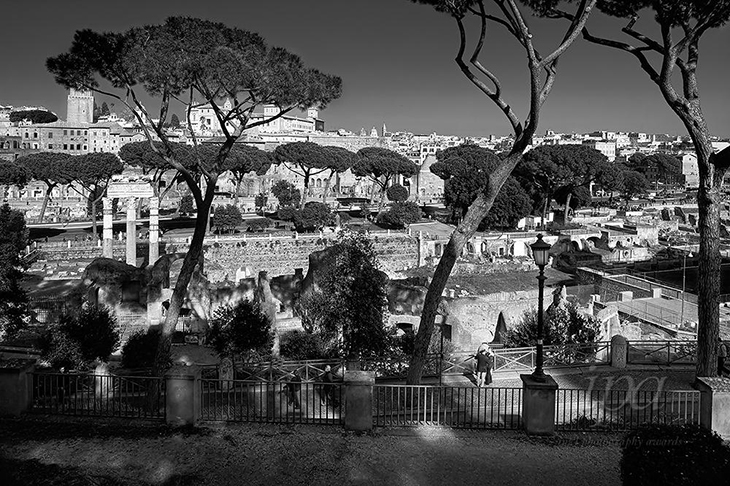 NON-PRO. HISTORIC: 3RD: BAPI CHAKRABORTY, ?ROME CHIAROSCURO?
NON-PRO. HISTORIC: 3RD: BAPI CHAKRABORTY, ?ROME CHIAROSCURO?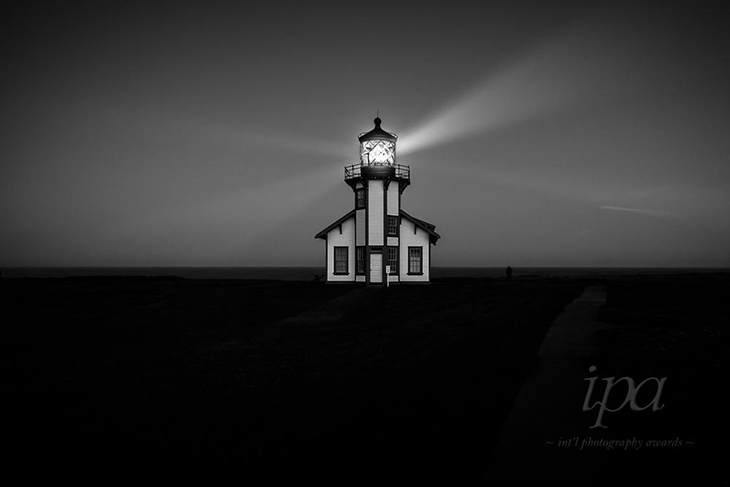 NON-PRO. HISTORIC: 2ND: LARRY NIENKARK, ?SOLO?
NON-PRO. HISTORIC: 2ND: LARRY NIENKARK, ?SOLO?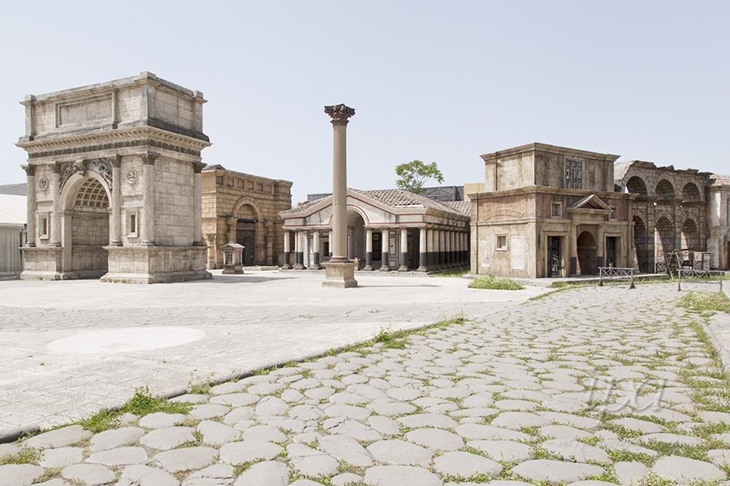 NON-PRO. HISTORIC: 1ST: VENANZI GIULIA, ?THAT?S A FAKE?
NON-PRO. HISTORIC: 1ST: VENANZI GIULIA, ?THAT?S A FAKE?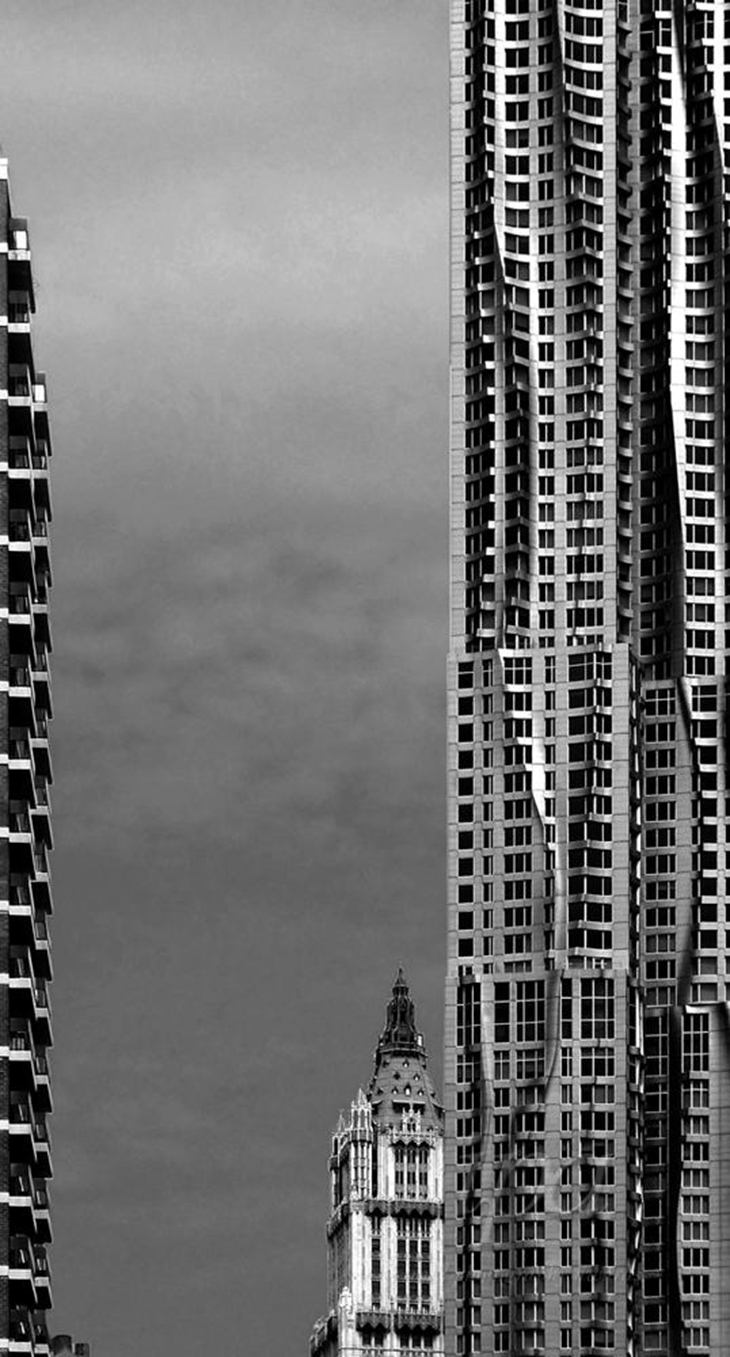 NON-PRO. CITISCAPES: 3RD: ALAN CHIMACOFF, ?THE CITY?
NON-PRO. CITISCAPES: 3RD: ALAN CHIMACOFF, ?THE CITY?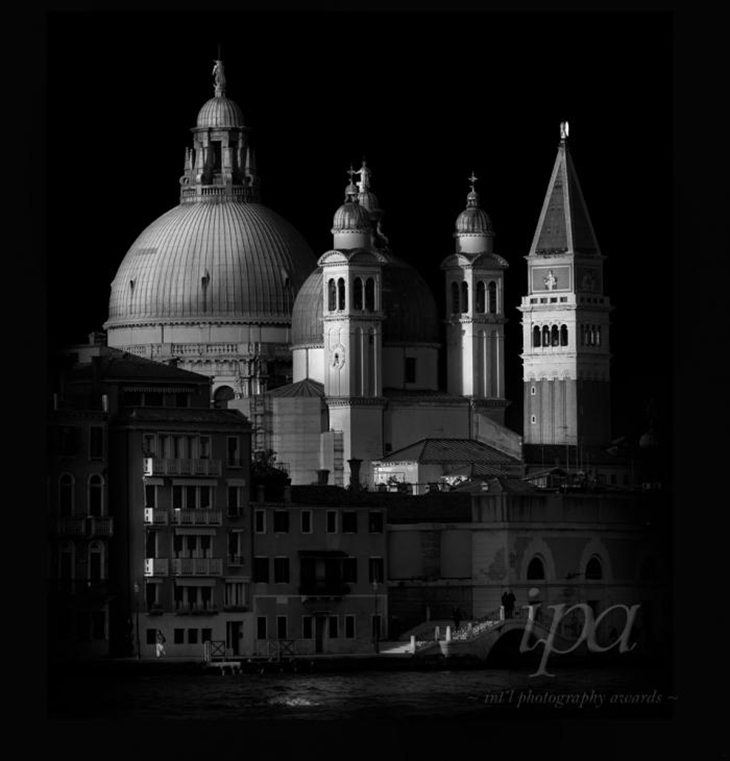 NON-PRO. CITYSCAPES: 2ND: ROGER BRANSON, ?VENICE THE CITY FROM GUIDECCA?
NON-PRO. CITYSCAPES: 2ND: ROGER BRANSON, ?VENICE THE CITY FROM GUIDECCA?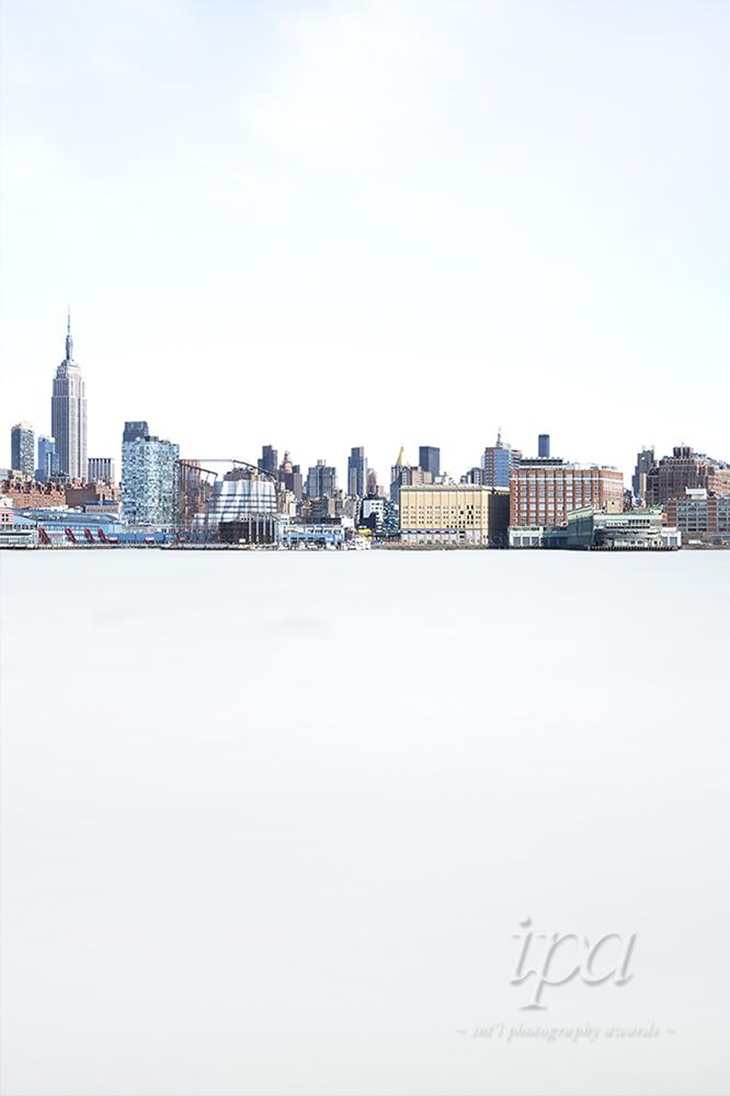 NON-PRO. CITISCAPE: 1ST: MAROH KIM, ?THE WIND BLOWS?
NON-PRO. CITISCAPE: 1ST: MAROH KIM, ?THE WIND BLOWS?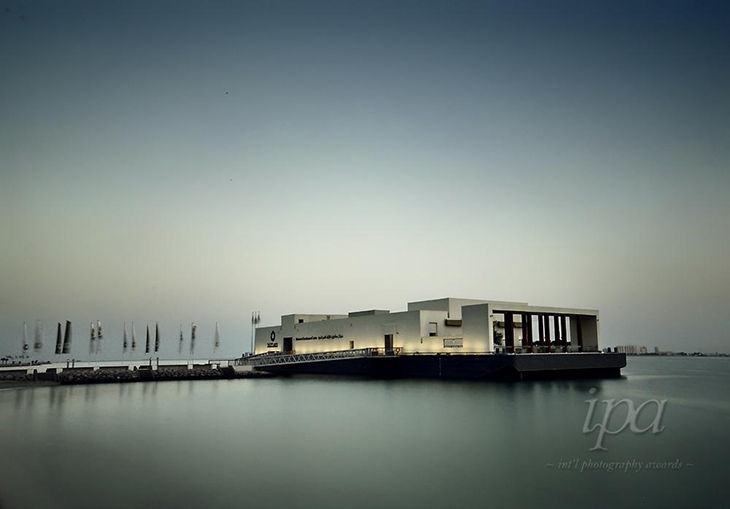 NON-PRO. BUILDINGS: 3RD: PYGMALION KARATZAS, ?DOHA ICONS?
NON-PRO. BUILDINGS: 3RD: PYGMALION KARATZAS, ?DOHA ICONS?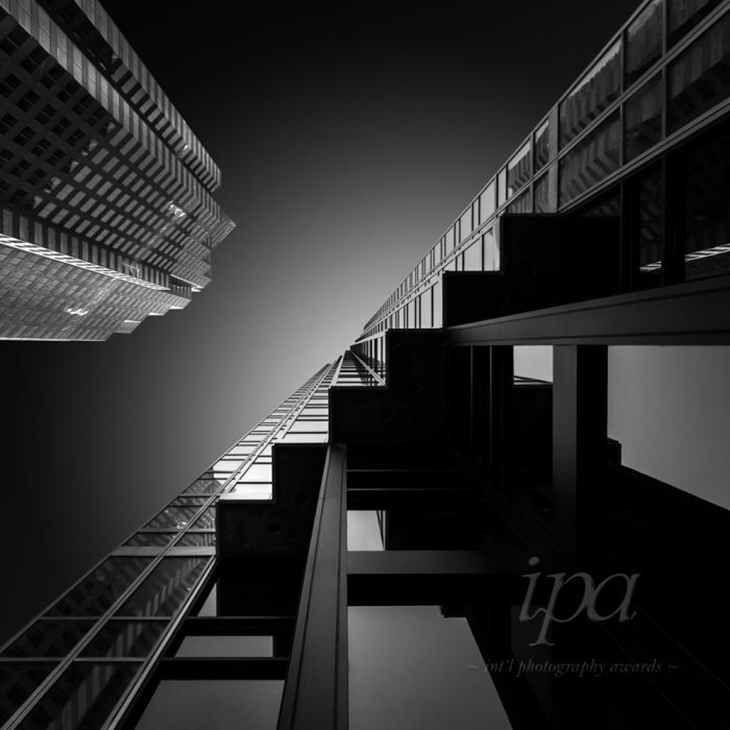 NON-PRO. BUILDINGS: 2ND: DAVE MACVICAR, ?STREET VIEW?
NON-PRO. BUILDINGS: 2ND: DAVE MACVICAR, ?STREET VIEW?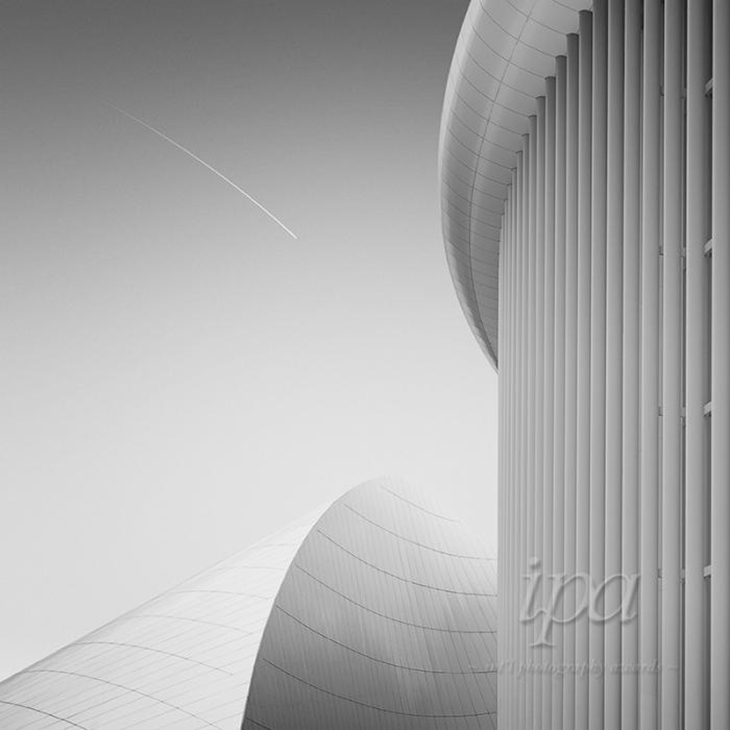 NON-PRO. BUILDINGS: 1ST CHARALAMPOS SERGIOS, ?SYNTHESIS?
NON-PRO. BUILDINGS: 1ST CHARALAMPOS SERGIOS, ?SYNTHESIS?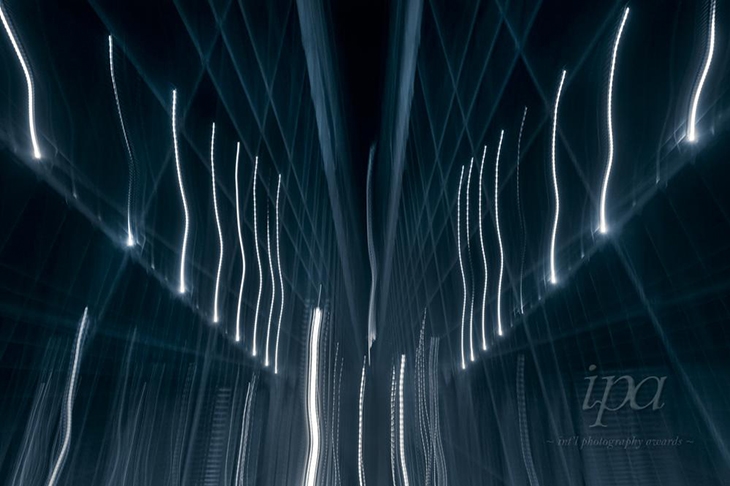 NON-PRO. BRIDGES: 3RD: DANIELE CORSINI, ?BROOKLYN BRIDGE?
NON-PRO. BRIDGES: 3RD: DANIELE CORSINI, ?BROOKLYN BRIDGE?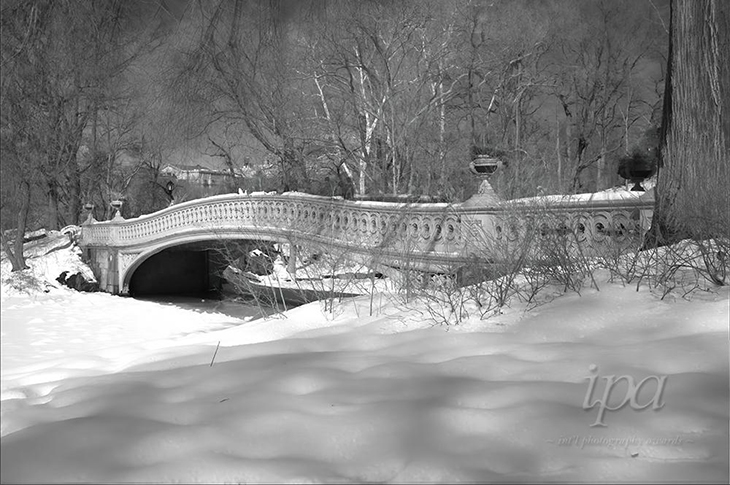 NON-PRO. BRIDGES: 2ND: RAFAILIDIS VLASIS, ?BOWBRIDGE?
NON-PRO. BRIDGES: 2ND: RAFAILIDIS VLASIS, ?BOWBRIDGE?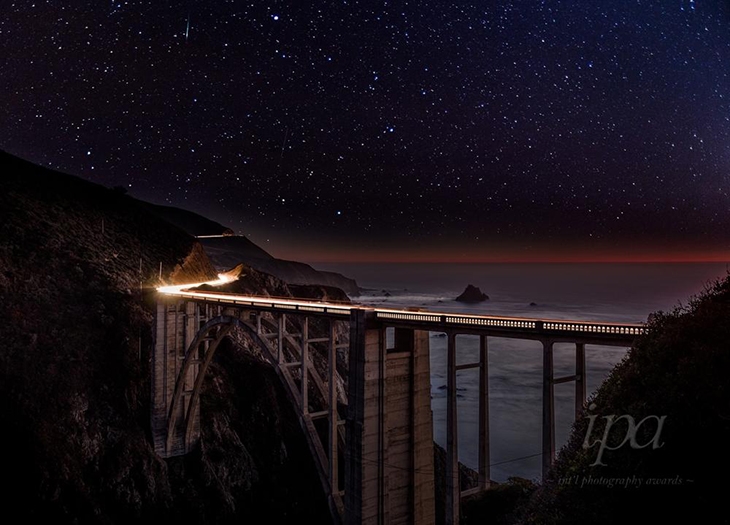 NON-PRO. BRIDGES: 1ST: TRISTAN O?TIERNEY, ?STARRY LIGHT?
NON-PRO. BRIDGES: 1ST: TRISTAN O?TIERNEY, ?STARRY LIGHT?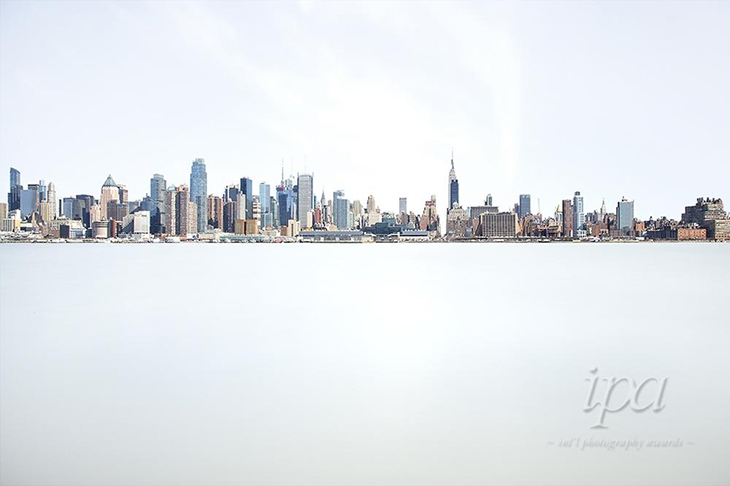 NON-PRO. FINALIST: FINALIST: MAROH KIM, ?THE WIND BLOWS?
NON-PRO. FINALIST: FINALIST: MAROH KIM, ?THE WIND BLOWS?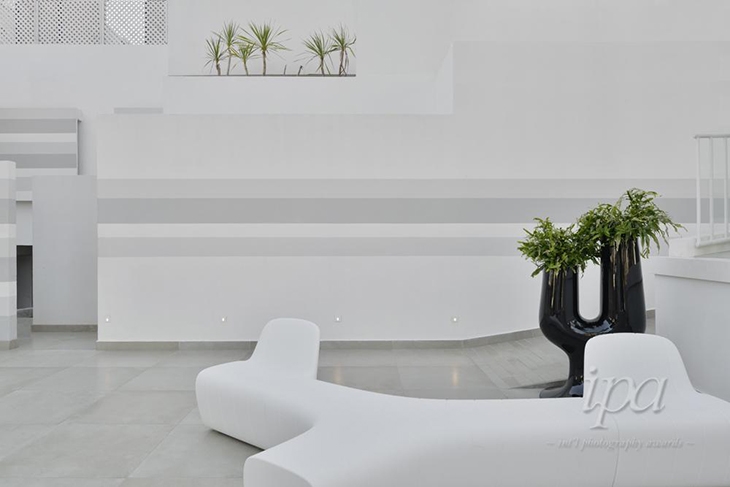 PRO. OTHER: 3RD: GIOVANNI MARCO MONDELLI, ?WHITE WALL?
PRO. OTHER: 3RD: GIOVANNI MARCO MONDELLI, ?WHITE WALL?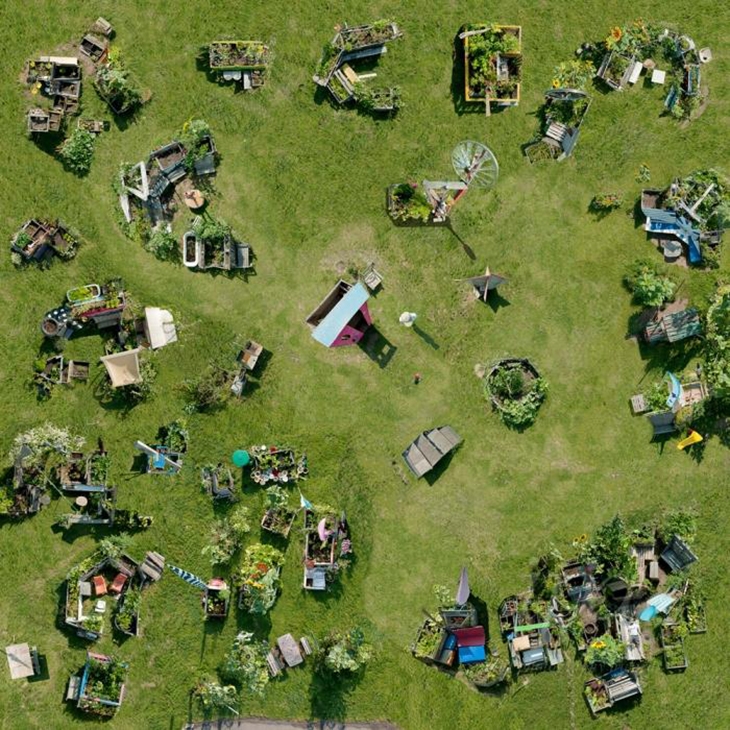 PRO. OTHER: 2ND: KATHARINA FITZ, ?URBAN GARDENING PATCHWORK?
PRO. OTHER: 2ND: KATHARINA FITZ, ?URBAN GARDENING PATCHWORK?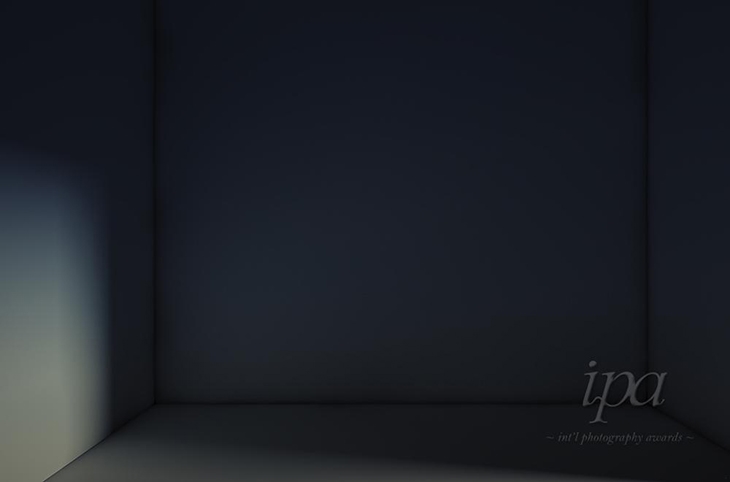 PRO. OTHER: 1ST: SAHIE ZANG, ?36 : 9?
PRO. OTHER: 1ST: SAHIE ZANG, ?36 : 9?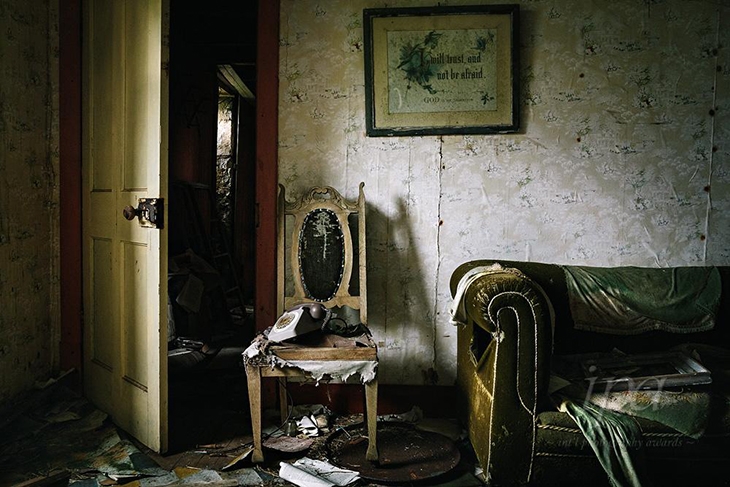 PRO. INTERIOR: 3RD: SIMON BUTTERWORTH, ?A QUIET PASSING?
PRO. INTERIOR: 3RD: SIMON BUTTERWORTH, ?A QUIET PASSING?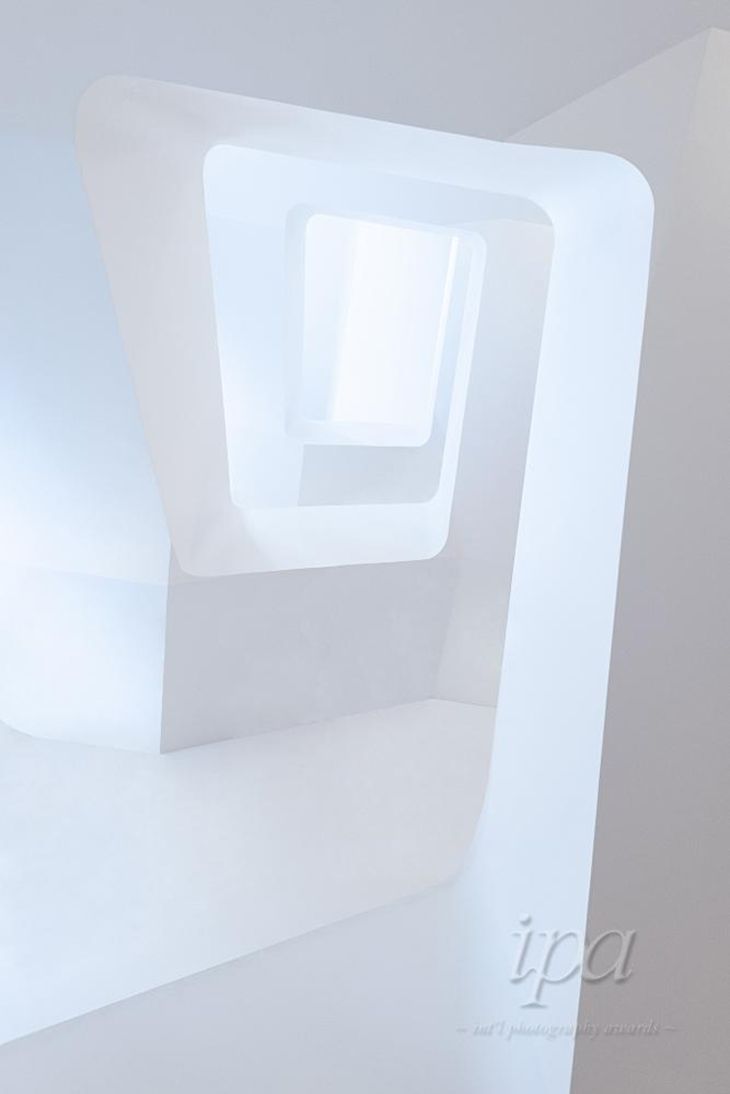 PRO. INTERIOR: 2ND: SHIN MIMURA, ?EYES OF AN ARCHITECT?
PRO. INTERIOR: 2ND: SHIN MIMURA, ?EYES OF AN ARCHITECT?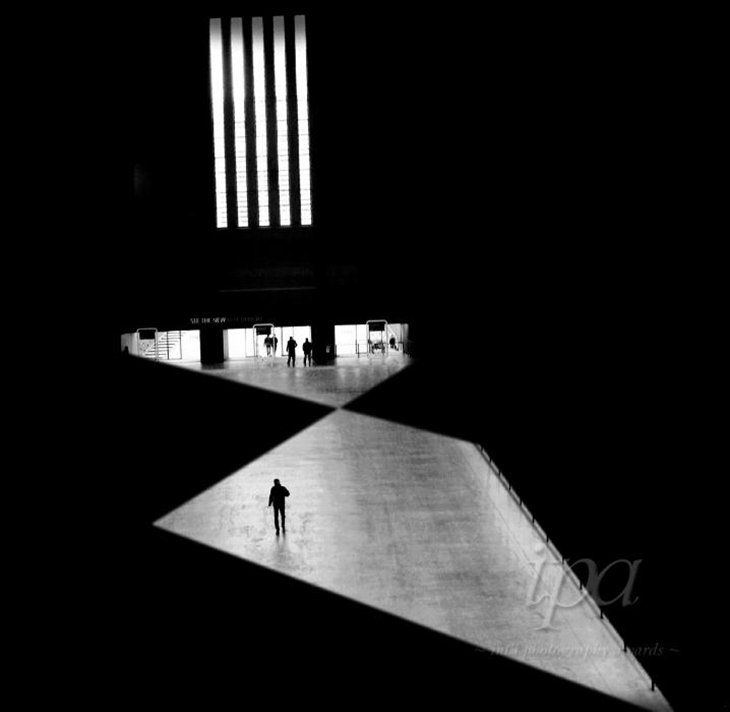 PRO. INTERIOR: 1ST: MADIHA ABDO, ?DARK COMPOSITION?
PRO. INTERIOR: 1ST: MADIHA ABDO, ?DARK COMPOSITION?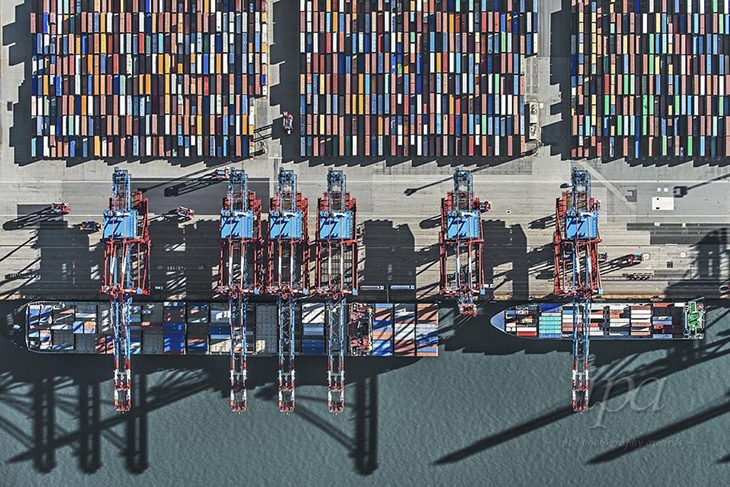 PRO. INDUSTRIAL: 3RD: BERNHARD LANG, ?HARBOUR AERIAL VIEWS?
PRO. INDUSTRIAL: 3RD: BERNHARD LANG, ?HARBOUR AERIAL VIEWS?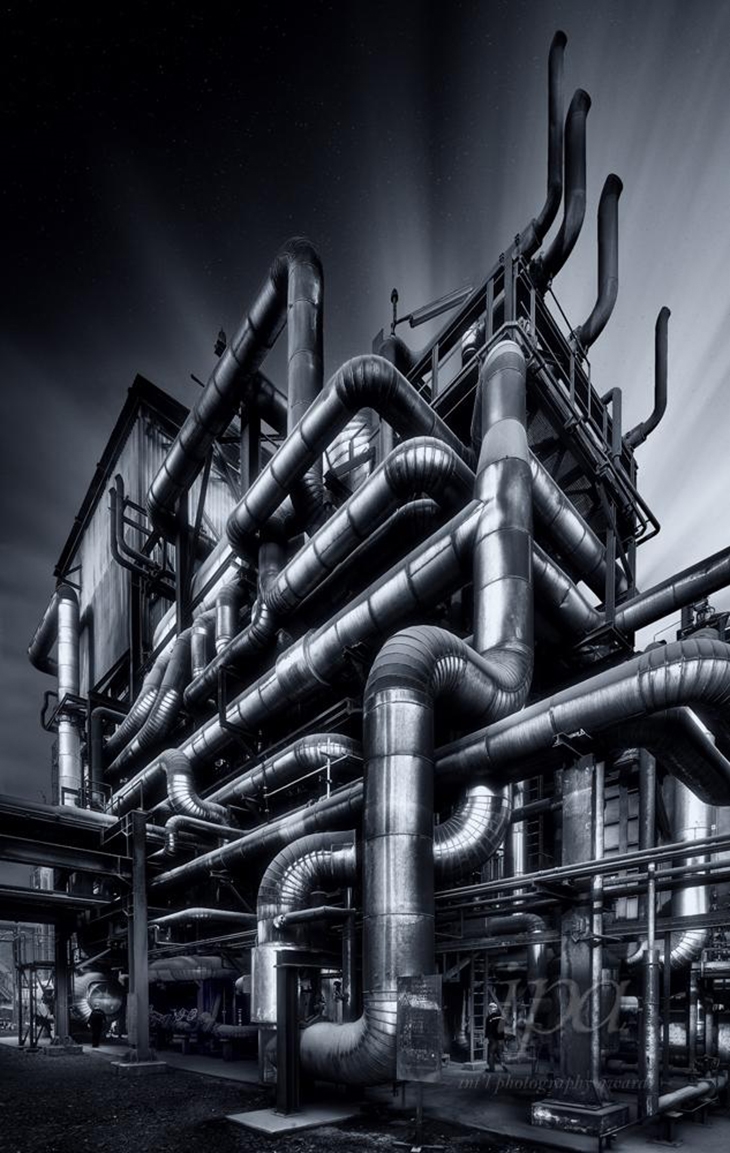 PRO. INDUSTRIAL: 2ND: BENO SARADZIC, ?ALIEN PRESENCE?
PRO. INDUSTRIAL: 2ND: BENO SARADZIC, ?ALIEN PRESENCE?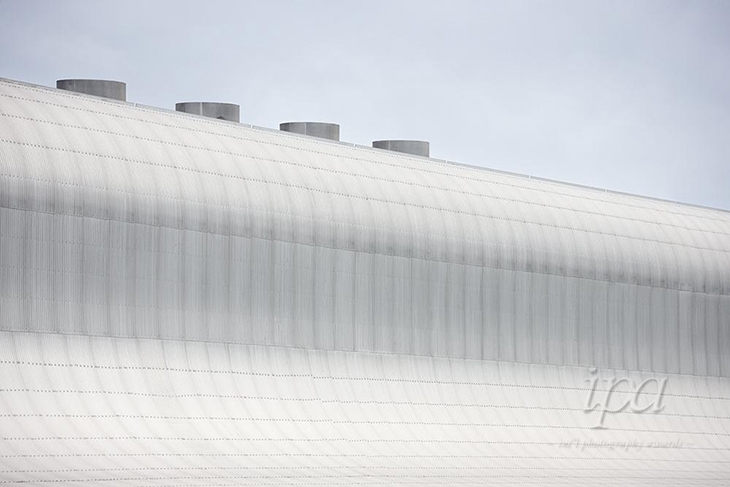 PRO. INDUSTRIAL: 1ST: ROJO SACHE, ?POWER PLANT?
PRO. INDUSTRIAL: 1ST: ROJO SACHE, ?POWER PLANT?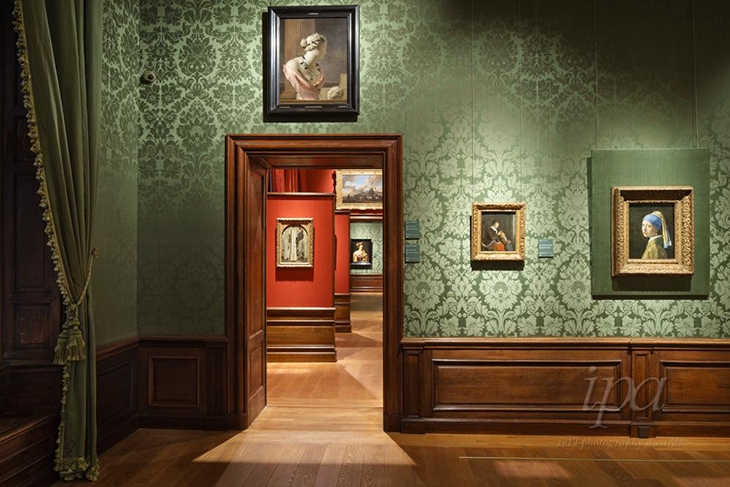 PRO. HISTORIC: 3RD: RONALD TILLEMAN, ?MAURITSHUIS?
PRO. HISTORIC: 3RD: RONALD TILLEMAN, ?MAURITSHUIS?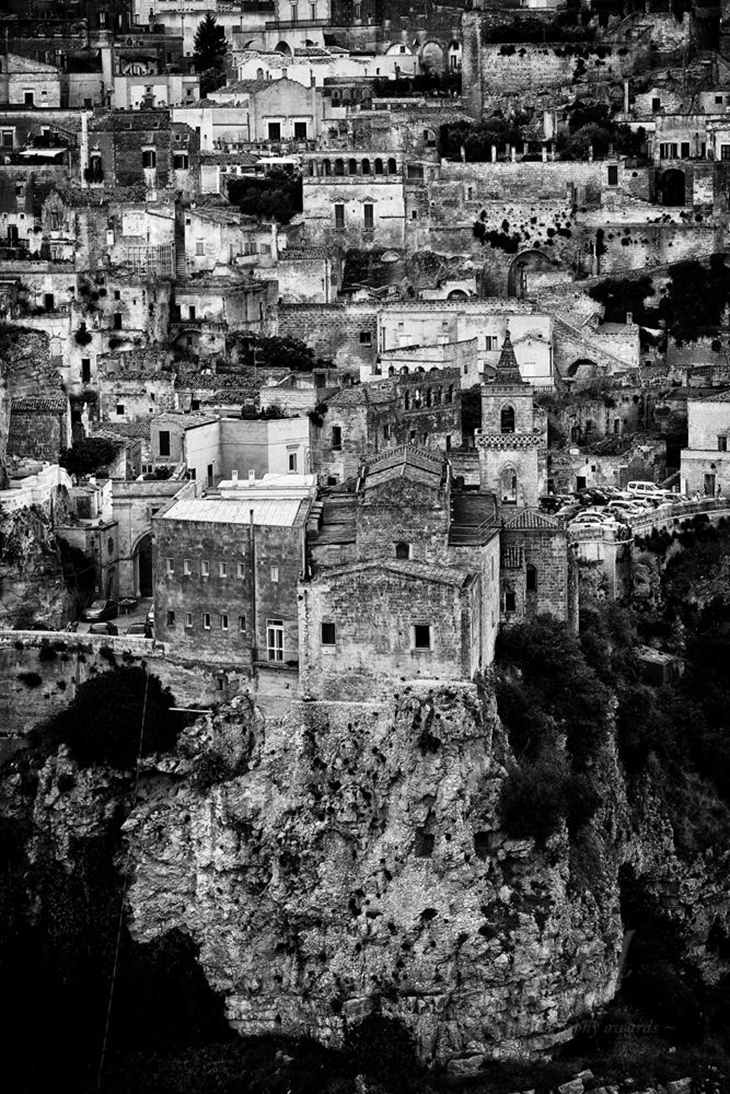 PRO. HISTORIC: 2ND: BARBARA ZANON, ?MATERA?
PRO. HISTORIC: 2ND: BARBARA ZANON, ?MATERA?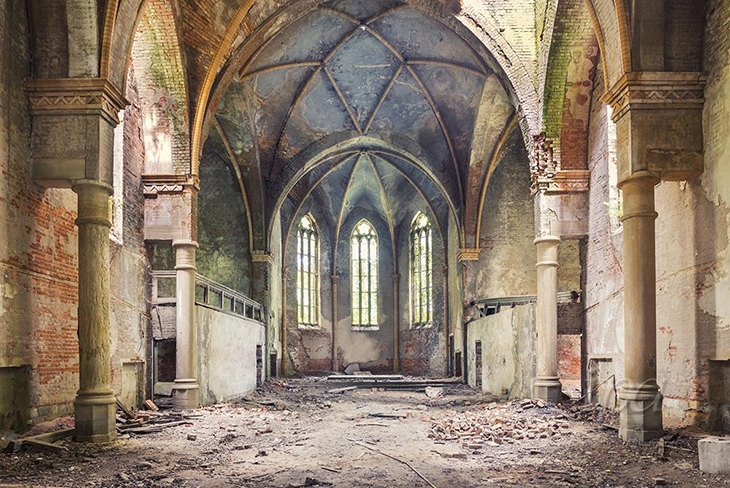 PRO. HISTORIC. 1ST: AURELIEN VILLETTE, ?DOGMA?
PRO. HISTORIC. 1ST: AURELIEN VILLETTE, ?DOGMA?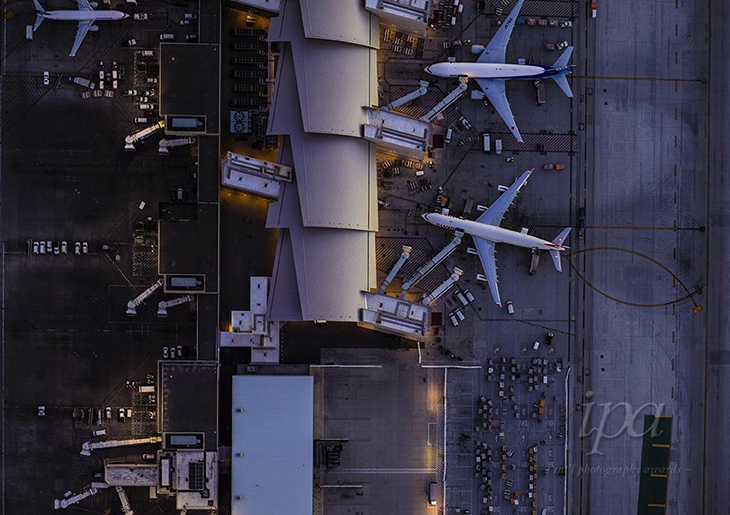 PRO. CITYSCAPES: 3RD: MICHAEL HITOSHI, ?TERMINAL?
PRO. CITYSCAPES: 3RD: MICHAEL HITOSHI, ?TERMINAL?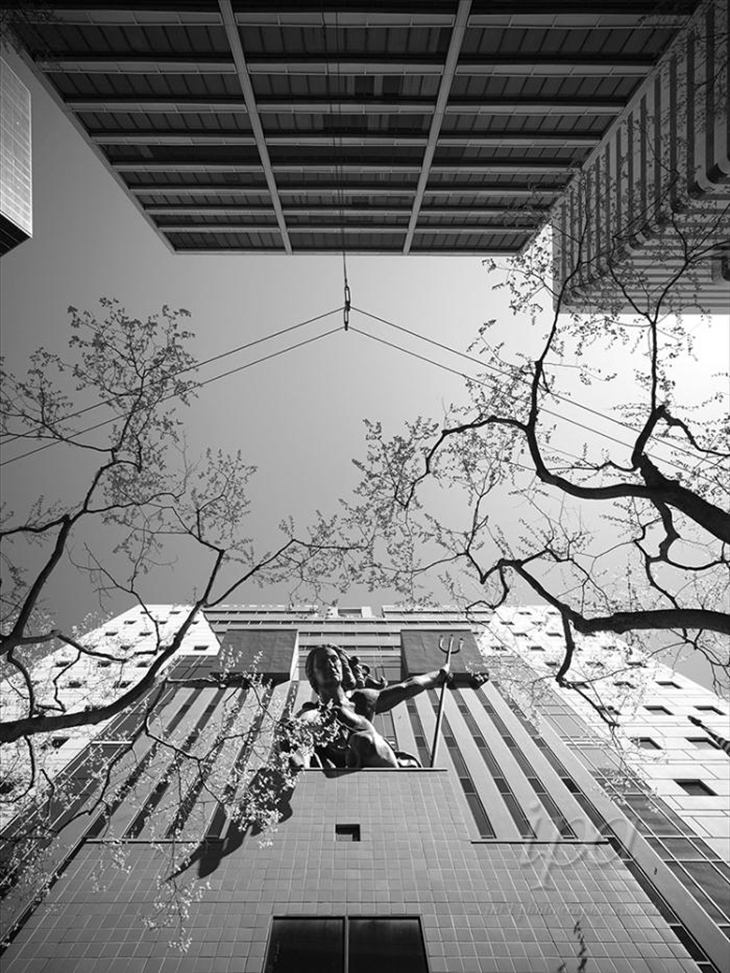 PRO. CITYSCAPES: 2ND: CAMERON R NEILSON, ?STRAIGHT UP?
PRO. CITYSCAPES: 2ND: CAMERON R NEILSON, ?STRAIGHT UP?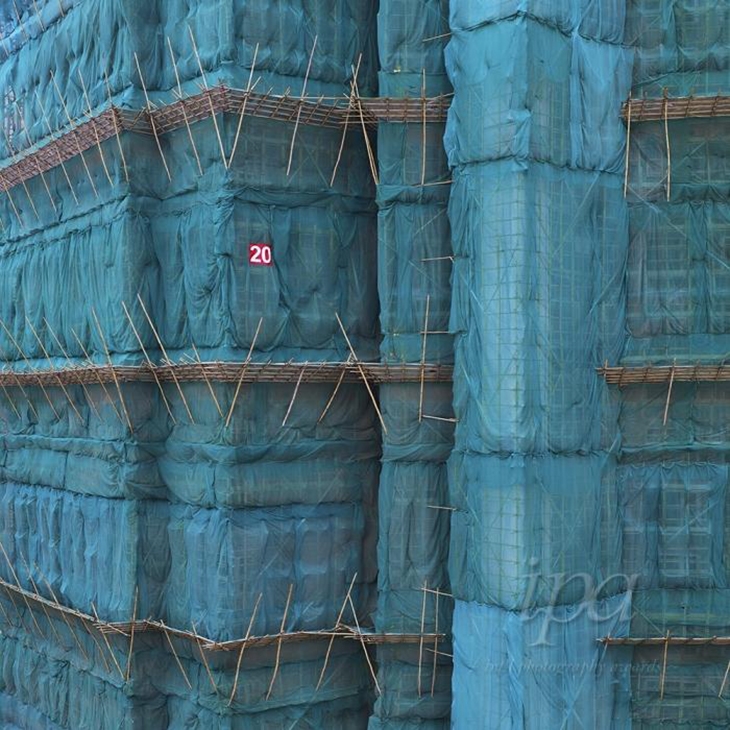 PRO. CITYSCAPES: 1ST: PETER STEINHAUER, ?COCOONS?
PRO. CITYSCAPES: 1ST: PETER STEINHAUER, ?COCOONS?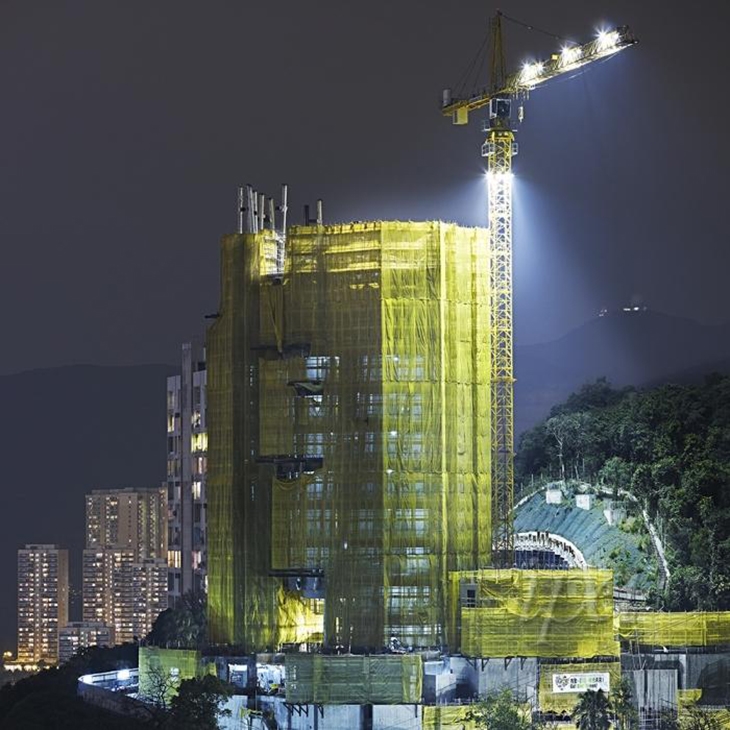 PRO. BUILDINGS: 3RD: PETER STEINHAUER, ?COCOONS?
PRO. BUILDINGS: 3RD: PETER STEINHAUER, ?COCOONS?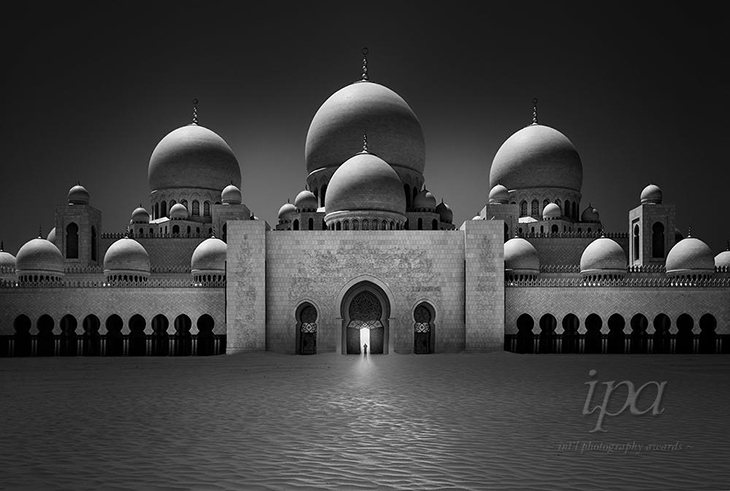 PRO. BUILDINGS: 2ND: BABER AFZAL & MICHAL KLIMCZAK, ?FORGIVENESS I?
PRO. BUILDINGS: 2ND: BABER AFZAL & MICHAL KLIMCZAK, ?FORGIVENESS I?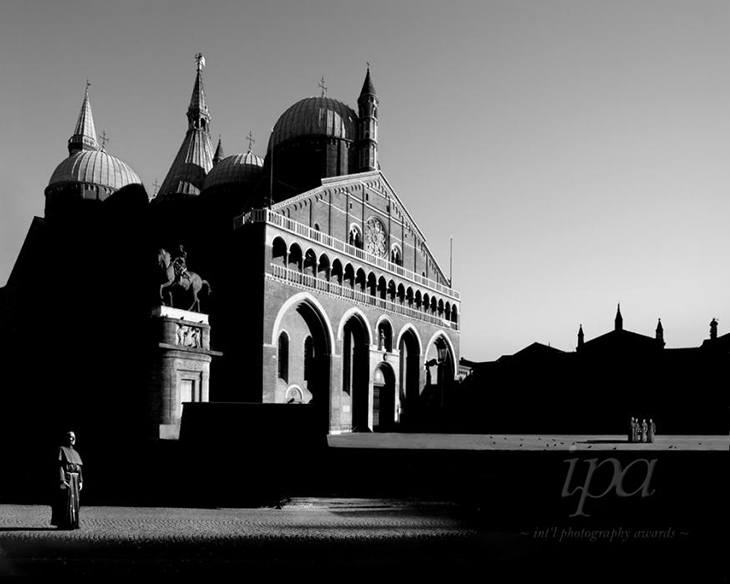 PRO. BUILDINGS: 1ST: GABRIELE CROPPI, ?ITALY, METAPHYSICS OF THE URBAN LANDSCAPE?
PRO. BUILDINGS: 1ST: GABRIELE CROPPI, ?ITALY, METAPHYSICS OF THE URBAN LANDSCAPE?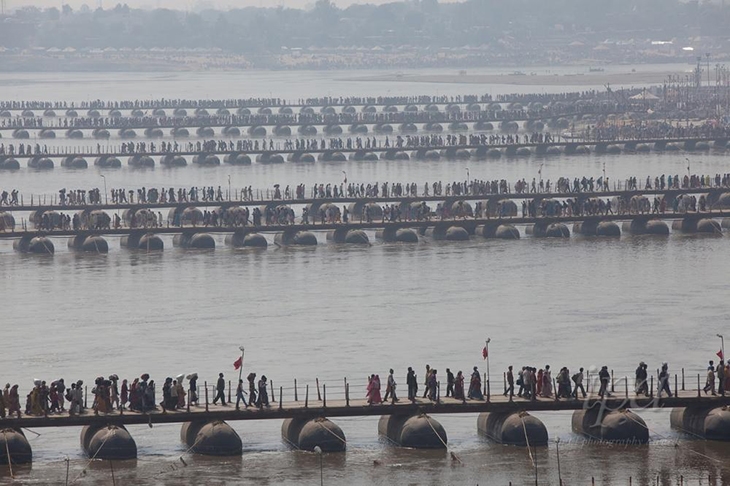 PRO. BRIDGES: 3RD: ERBERTO ZANI, ?BRIDGES?
PRO. BRIDGES: 3RD: ERBERTO ZANI, ?BRIDGES?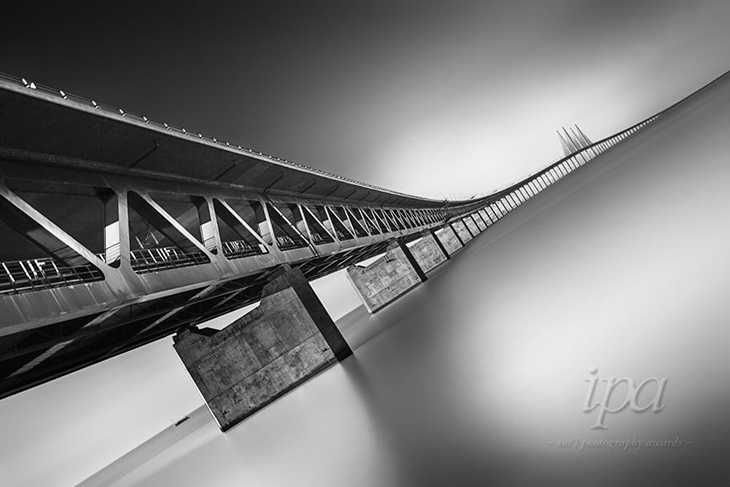 PRO. BRIDGES: 2ND: MABRY CAMPBELL, ?IRON CONNECTION?
PRO. BRIDGES: 2ND: MABRY CAMPBELL, ?IRON CONNECTION?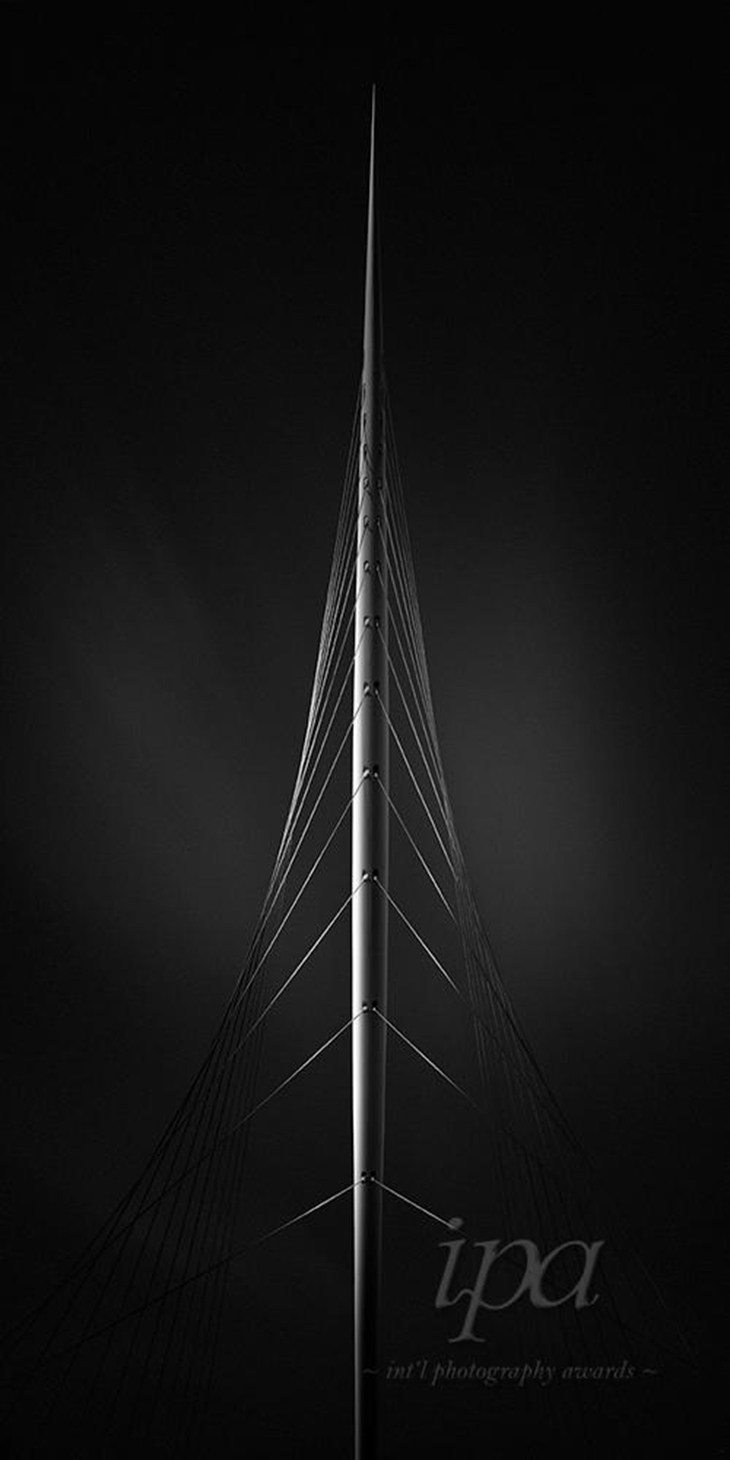 PRO. BRIDGES: 1ST: JOEL TJINTJELAAR, ?VISUAL ACOUSTICS?
PRO. BRIDGES: 1ST: JOEL TJINTJELAAR, ?VISUAL ACOUSTICS?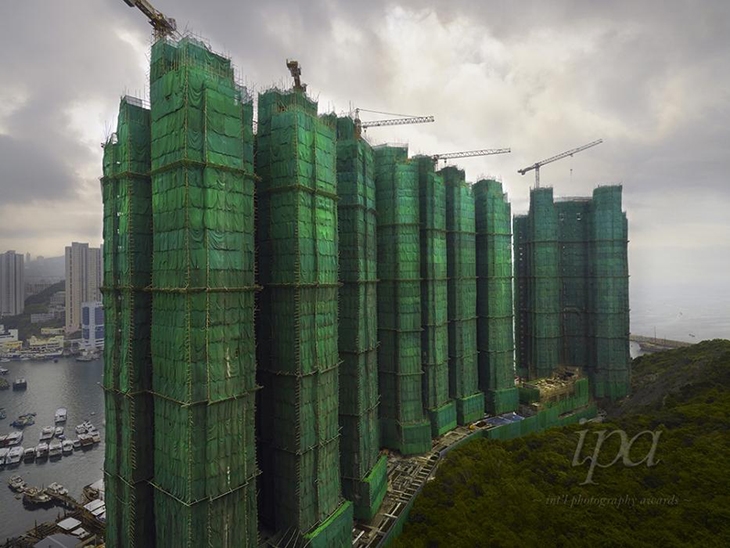 PRO. FINALIST: PETER STEINHAUER, ?COCOONS?
PRO. FINALIST: PETER STEINHAUER, ?COCOONS?READ ALSO: ASEA LOUNGE RESTAURANT PHOTOGRAPH BY GEORGE FAKAROS